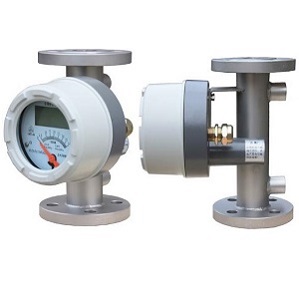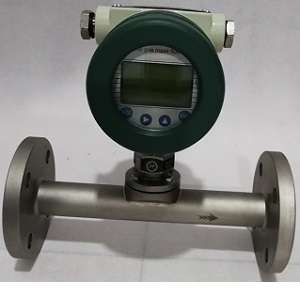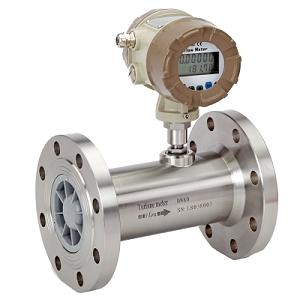Rotameter: A Versatile Tool for Fluid Flow Measurement
Rotameter, also known as a variable area flow meter, is an instrumental tool widely used in various industries to measure the flow rate of fluids, including gases, air and liquids. Its design primarily consists of a tapered tube with a floating element, such as a float or piston, inside. This element moves vertically within the tube according to the flow rate, providing a visual indicator on a marked scale to determine the flow rate accurately. The simplicity, reliability, and ease of use of rotameters make them a popular choice for flow rate measurement in different applications, especially used as air rotameters.
Digital Rotameter: Advancing Flow Rate Measurement with Technology
On the other hand, a
digital rotameter is a modernized version of the traditional rotameter, integrating digital technology for improved accuracy and efficiency in flow rate measurement. Unlike conventional rotameters with a visual scale, digital rotameters utilize electronic sensors and a digital display to showcase precise and easily readable measurements in real-time. This advancement is particularly beneficial in industries where highly accurate measurements are crucial. Additionally, digital rotameters often feature a 4-20mA analog output, 485 communication option, and Hart protocol for seamless integration into advanced monitoring and control systems.
Enhancing Compatibility: The 4-20mA Analog Output in Digital Rotameters
The inclusion of a
4-20mA analog output in digital rotameters enhances their compatibility with a wide range of control and monitoring devices. The 4-20mA signal provides a standardized way to transmit the flow rate data to external systems, allowing for continuous monitoring and control of the flow rate. This analog output ensures seamless integration with various process control and automation systems commonly used in industrial settings.
Seamless Communication: RS 485 Option and Hart Protocol in Digital Rotameters
Furthermore, the availability of 485 communication and Hart protocol in digital rotameters significantly improves their communication capabilities. The RS-485 communication option enables efficient and reliable data transmission between the rotameter and other devices within a network. It facilitates bidirectional communication, making it possible to gather data from multiple devices and centralize the monitoring and control process. Similarly, the Hart protocol, which is a widely used communication protocol in the process industry, provides additional flexibility in accessing and configuring the rotameter's parameters remotely.
In conclusion, the integration of 4-20mA analog output, 485 communication option, and Hart protocol in digital rotameters for air flow measurement further enhances their functionality and utility in modern industrial applications. These features not only enable accurate and real-time air flow rate measurement but also ensure seamless integration into sophisticated monitoring and control systems, ultimately improving efficiency, accuracy, and productivity across various industries.
Applications of Rotameters in Air Flow Measurement
Rotameters, including digital variants, find extensive use in measuring air flow. They play a critical role in various applications, including industrial processes, laboratories, and environmental monitoring, where measuring and regulating air flow are essential. Notably, in HVAC systems, rotameters aid in maintaining and monitoring optimal airflow, contributing to enhanced efficiency and performance. Industries such as pharmaceuticals, chemical processing, and manufacturing also rely on rotameters to measure and control air flow in their operations.
Simplicity and Precision: Advantages of Using Digital Rotameters for Air Flow
One of the significant advantages of using a digtial rotameter to measure air flow lies in its simplicity and the direct, easily interpretable readings it provides. The movement of the float or piston within the tapered tube corresponds directly to the flow rate, allowing operators to quickly and accurately gauge the airflow. Additionally, rotameters offer excellent accuracy within a specific flow range, enabling precise control and monitoring of air flow, a critical factor in many industrial processes.
Cost-Effective Air Flow Measurement with Digital Rotameters
Moreover,
digital rotameters present a cost-effective solution for measuring air flow compared to more complex and expensive flow measurement devices. Their uncomplicated design and low maintenance requirements make them a preferred choice across various applications. The integration of digital technology in modern rotameters further enhances their efficiency by providing precise measurements and facilitating data collection for in-depth analysis and process optimization.
In summary, rotameters for air flow measurement and their digital counterparts are indispensable tools for measuring air flow in a variety of applications. Their ease of use, accuracy, and cost-effectiveness make them invaluable for professionals seeking reliable air flow measurement solutions, ultimately contributing to enhanced efficiency and productivity.


